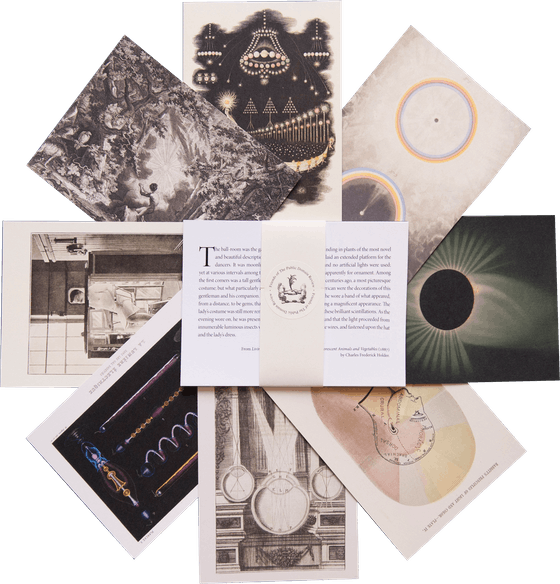
Catalogue from Belcher Mosaic Glass Co. (1886)
Stained glass artist Henry Belcher and his New York based company produced some glorious work, as shown in this 1886 catalogue offering a small taster of their output. The "mosaic" refers to the unique process which Belcher developed and for which he filed more than 20 patents. Instead of the traditional grouting approach, in which individual pieces would be attached together, Belcher's method involved a kind of mould. He'd first lay the various pieces of glass out in a design (hence the "mosaic" aspect), and then sandwich it between two layers of asbestos (picking up the design with a gummed first piece and then closing it with a second). Having earlier made sure there was a gap between each piece of the design, he'd then pour molten lead into the make-shift mould, thus binding the various fragments of the design together. The innovative approach allowed him to create quite stunningly detailed designs. "The designs fell into several categories", writes Barbara Krueger "those with a floral theme; those for use in a transom with a house number; those with neoclassic elements popular in the late 19th century; and several pictorial scenes (fish swimming, flying bats and several with the human figure)." We picked out some highlights below.
Enjoyed this piece? We need your help to keep publishing.
The PDR is a non-profit project kept alive by reader donations – no ads, no paywalls, just the generosity of our community. It’s a really exciting model, but we need your help to keep it thriving. Visit our support page to become a Friend and receive our themed postcard packs. Or give a one-off donation. Already a supporter? A huge thank you for making all this possible.
Imagery from this post is featured in
Affinities
our special book of images created to celebrate 10 years of The Public Domain Review.
500+ images – 368 pages
Large format – Hardcover with inset image
Apr 19, 2016







